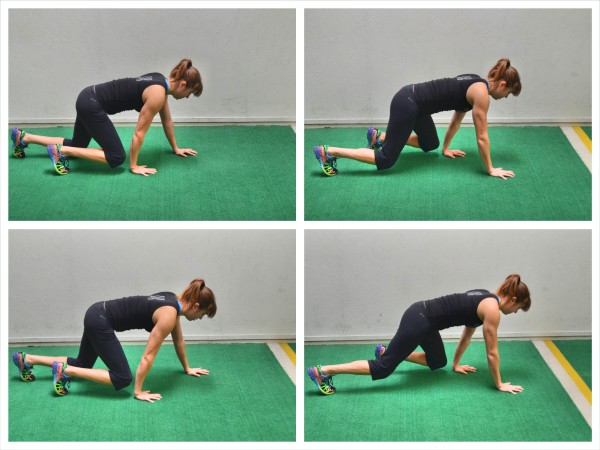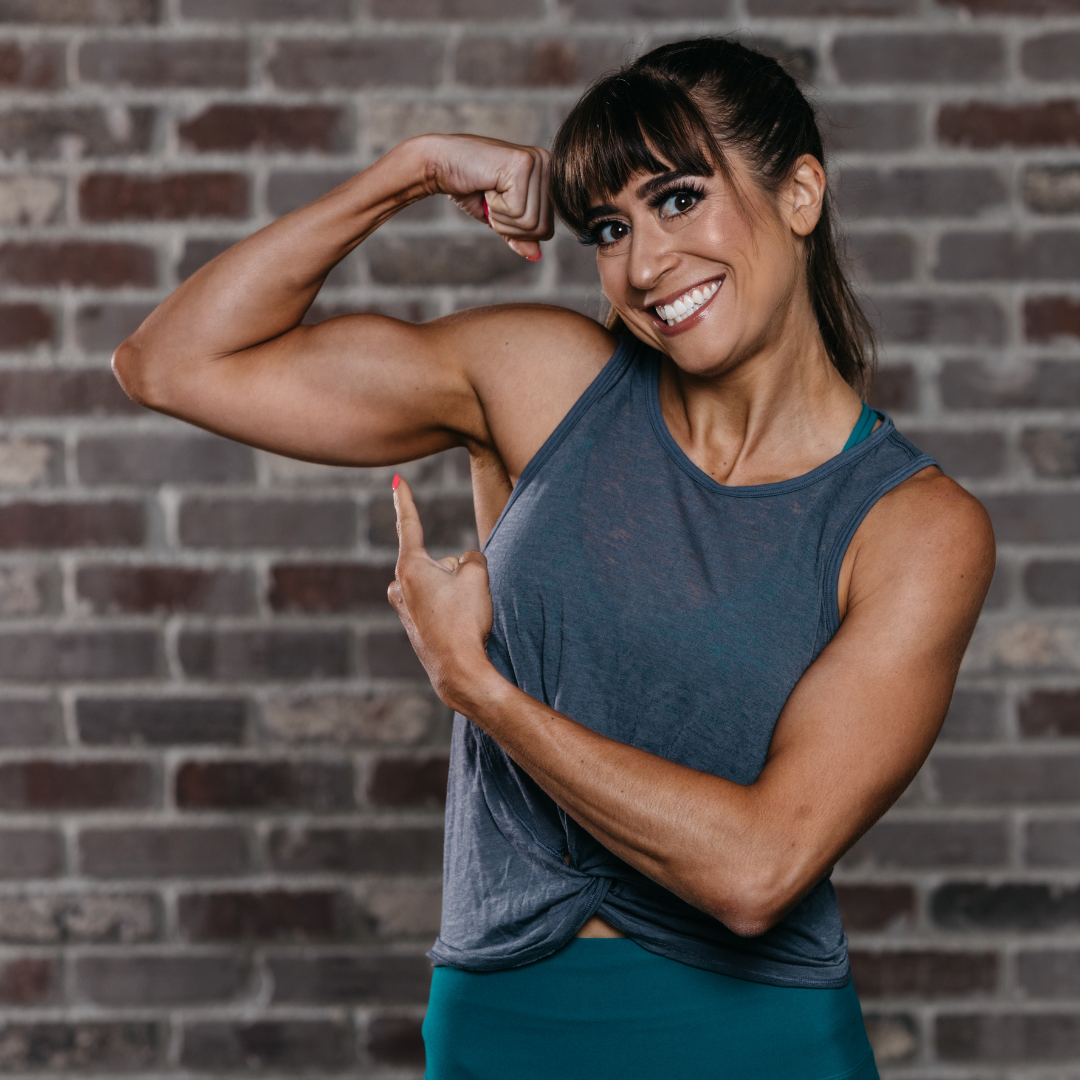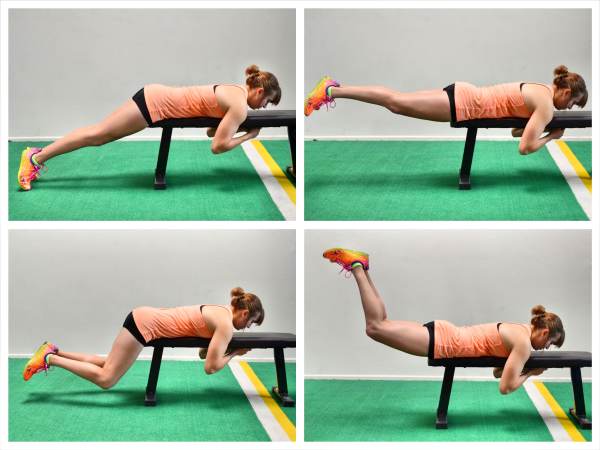

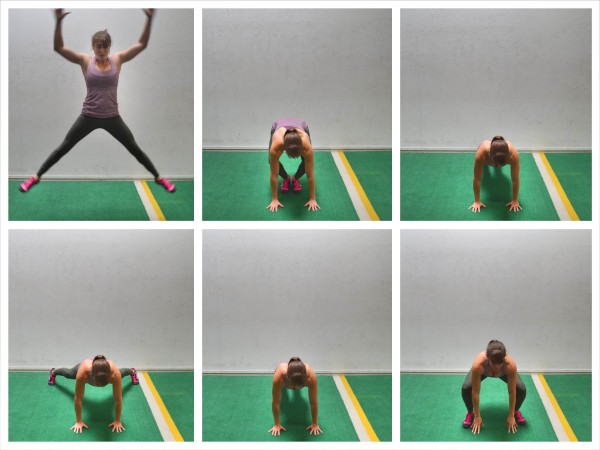
The Tabata Bodyweight Workout
This content is for members only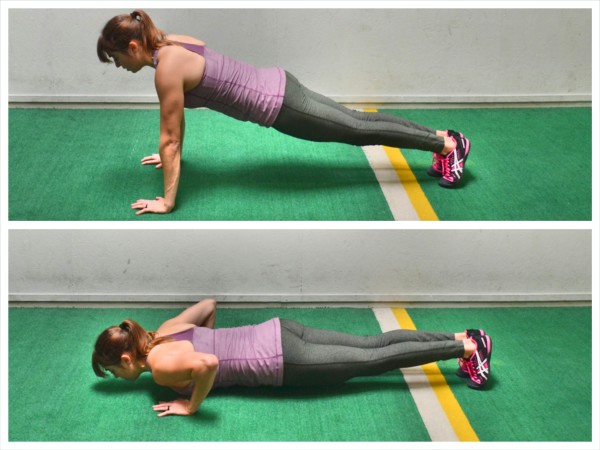
The Pyramid Of Upper Body Destruction
This content is for members only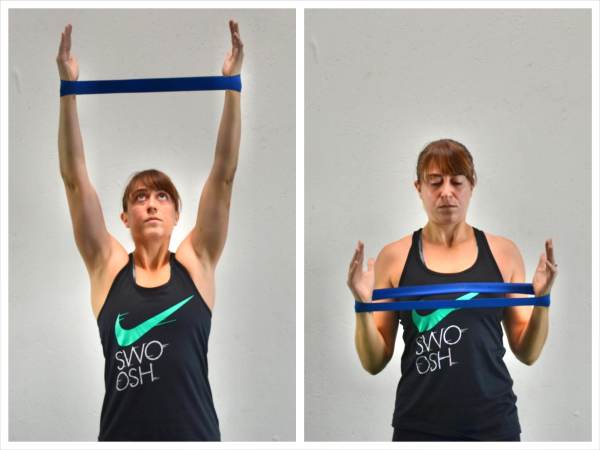
The Improve Your Pull Ups Activation Series
This content is for members only